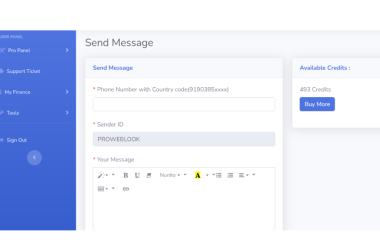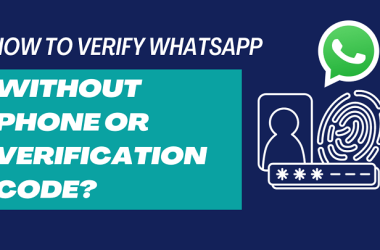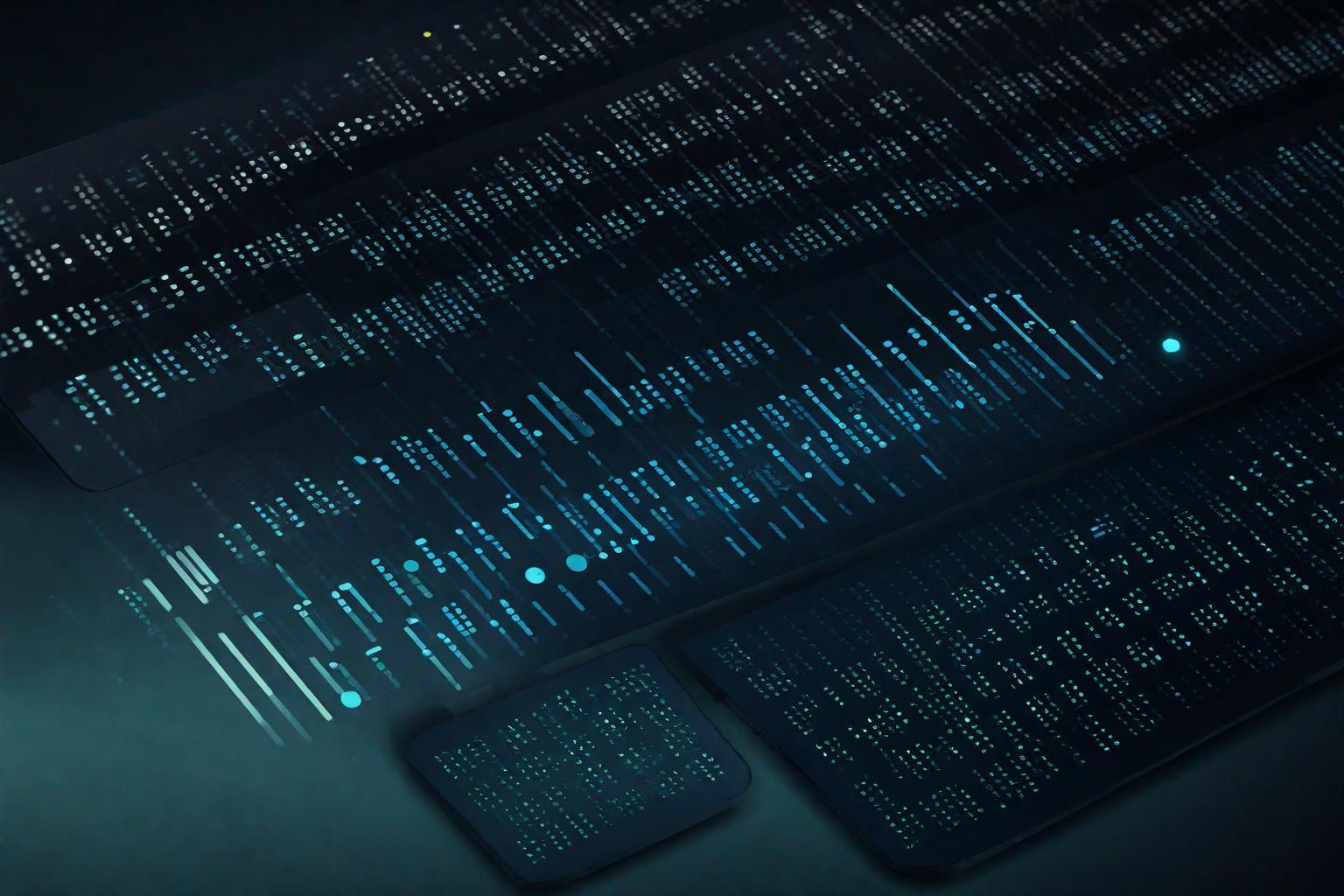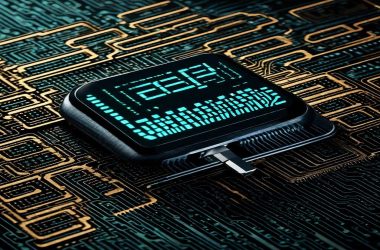Introduction.
Morse Code Converter: Communication has been the cornerstone of human interaction since time immemorial. From the earliest cave paintings to the advent of the internet, the means through which we communicate have evolved dramatically. One such mode of communication that holds a significant place in history is Morse code. Developed by Samuel Morse and Alfred Vail in the early 19th century, Morse code revolutionized long-distance communication. Despite its age, Morse code remains relevant today, especially in fields like radio communication and emergency signaling. In this article, we delve into the intricacies of Morse code and explore the modern applications of Morse converters.
Understanding Morse Code Converter.
At its core, Morse code is a method of encoding text characters as sequences of two different signal durations, called dots and dashes or dits and dahs. In the intricate world of Morse code, every character boasts its own distinctive blend of signals. Take, for instance, the letter “A,” boldly conveyed through the sequence “.-“, or the resilient “B,” standing tall with its code “-…”. Each character is a testament to the precision and elegance of Morse code, where every dot and dash carries profound meaning and purpose. Crafted with precision, the code ingeniously prioritizes the most commonly used English letters, ensuring their codes are streamlined for swift transmission. This thoughtful design choice not only enhances efficiency but also accelerates communication, seamlessly bridging distances with ease.
Historical Significance of Morse Code Converter.
The significance of Morse code cannot be overstated. It played a crucial role in maritime communication, allowing ships to send messages across vast distances using telegraph systems. In World War II, Morse code securely transmitted vital military information. Its simplicity and efficiency made it indispensable in situations where other forms of communication were impractical or unreliable.
Modern Applications of Morse Code Converter.
In today’s digital age, one might assume that Morse code has become obsolete. However, this is far from the truth. Morse code still finds applications in various fields, albeit in more specialized contexts. Amateur radio enthusiasts, for instance, often use Morse code as a mode of communication, enjoying its simplicity and reliability, especially in low-bandwidth conditions. Similarly, Morse code is used in emergency situations where conventional communication channels may be compromised. Rescue teams often employ Morse code signals to communicate distress messages in situations such as natural disasters or wilderness emergencies.
The Morse Converter.
The Morse converter is a tool that facilitates the translation of text into Morse code and vice versa. While Morse code can be learned and interpreted manually, Morse converters automate the process, making it faster and more convenient, particularly for those unfamiliar with the code. These converters come in various forms, ranging from simple online tools to sophisticated software applications.
Types of Morse Converters.
1. Online Morse Converters: These are web-based tools accessible through internet browsers. Users can input text into the converter, and it will instantly generate the corresponding Morse code. Online Morse converters are often free and straightforward to use, making them popular among beginners and casual users.
2. Mobile Apps: With the proliferation of smartphones, Morse code converter apps have become increasingly popular. These apps offer additional features such as audio playback of Morse code signals and customization options. Mobile Morse converters are convenient for on-the-go communication and learning Morse code on mobile devices.
3. Desktop Software: For users who require more advanced features or wish to integrate Morse code conversion into their workflow, desktop software applications provide comprehensive solutions. These programs often offer batch conversion capabilities, allowing users to process large volumes of text efficiently.
4. Hardware Converters: Dedicated hardware Morse converters are utilized in specialized fields like amateur radio and military communications. Designed for rugged environments, these devices boast additional features like encryption to ensure secure communication.
Learning Morse Code.
While Morse converters simplify the process of encoding and decoding Morse code, learning the code itself can be a rewarding experience. Numerous resources are available for those interested in mastering Morse code, including online tutorials, mobile apps, and interactive learning platforms. Learning Morse code not only opens up new avenues for communication but also fosters an appreciation for the history and significance of this timeless encoding system.
Conclusion.
In conclusion, Morse code continues to endure as a testament to the ingenuity of human communication. From its humble origins in the early days of telegraphy to its modern-day applications in emergency communication and amateur radio, Morse code remains a vital tool in our technological arsenal. The development of Morse converters has made Morse code more accessible than ever, allowing individuals from all walks of life to engage with this timeless form of communication. As we continue to embrace advancements in communication technology, let us not forget the enduring legacy of Morse code and the role it has played in shaping our interconnected world.
Kindly check our website Proweblook for more Web API tools. More resources can be found on our Github page, Social Channels are Twitter, Facebook & Youtube.








